Simple trick to building a property empire
Some of Australia’s smartest property investors have used a different kind of approach to build portfolios worth millions and millions.

Have you ever wanted to buy 10 investment properties? What about 20? Or even 100?
It’s possible, as some of Australia’s best property investors have shown.
And the way they did it was to go against the grain and think positive.
While negative gearing has been big in the news lately, not many investors that negatively gear have more than one or two properties. There’s a limit to how many properties anyone can afford while running each one at a loss.
Big ticket investors instead use positive gearing, where their rental income covers all their expenses, such as loan repayments, strata fees, council rates, property management fees, maintenance and landlord insurance with some money still left over.
MORE: Home trick nets dad extra $426k a year
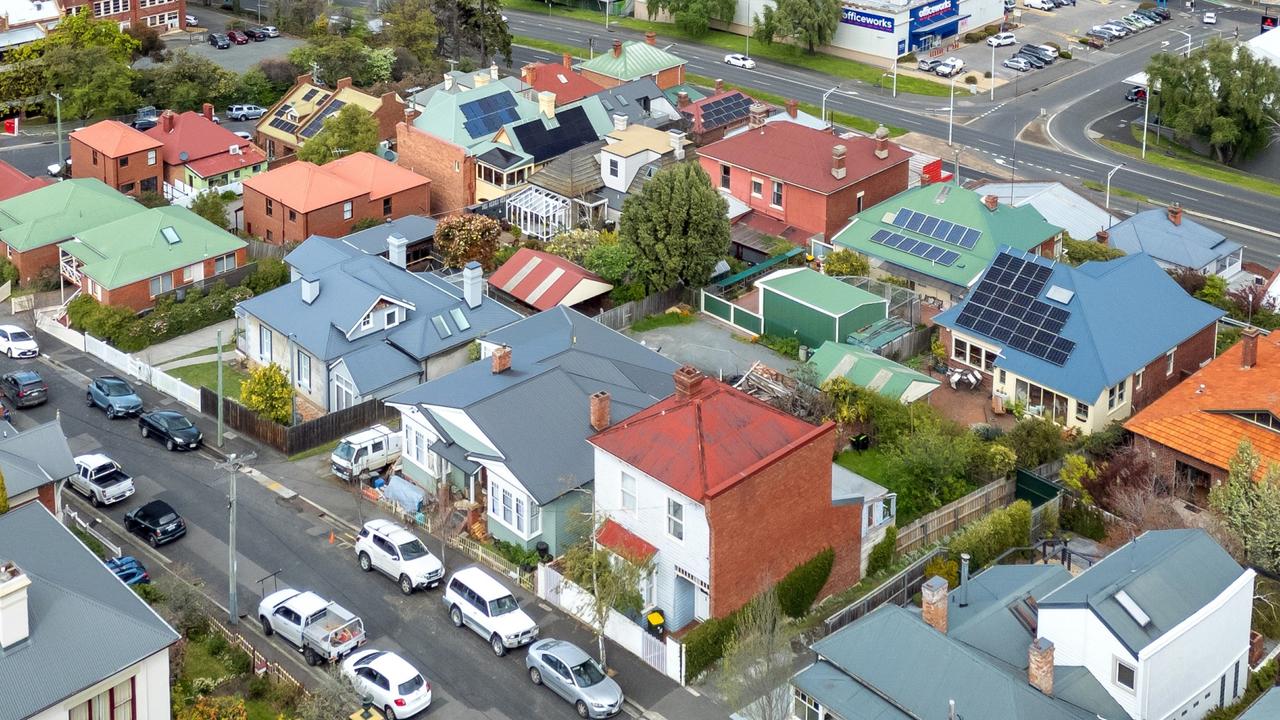
This is more achievable at the affordable end of the market, where demand for rent is a lot higher than in other market brackets and therefore, the competition pushes rental prices above what mortgage repayments would be.
Savvy investors will buy, begin with an interest only home loan, which ensures the property is positively geared. As the property gains in value over the next several years, they look to use the equity gain to fund the deposit on another investment property, which is also positively geared.
As they hold the properties and rents rise with inflation, they are eventually able to pay down the principal on the loan too, so they end up debt free, accumulating more value and receiving a passive income tied to inflation.
Positive gearing will mean they pay income tax on their earnings every year, but because they don’t need to sell the properties, they can avoid capital gains tax.
This strategy won’t suit everyone. It takes a certain mindset and risk profile to attain a large portfolio, not to mention plenty of due diligence and education.
But here are some average Aussies that used positive gearing to amass significant property portfolios and open themselves up to great future growth and income potential.
MORE: ‘Danger’ suburbs where homeowners are losing money
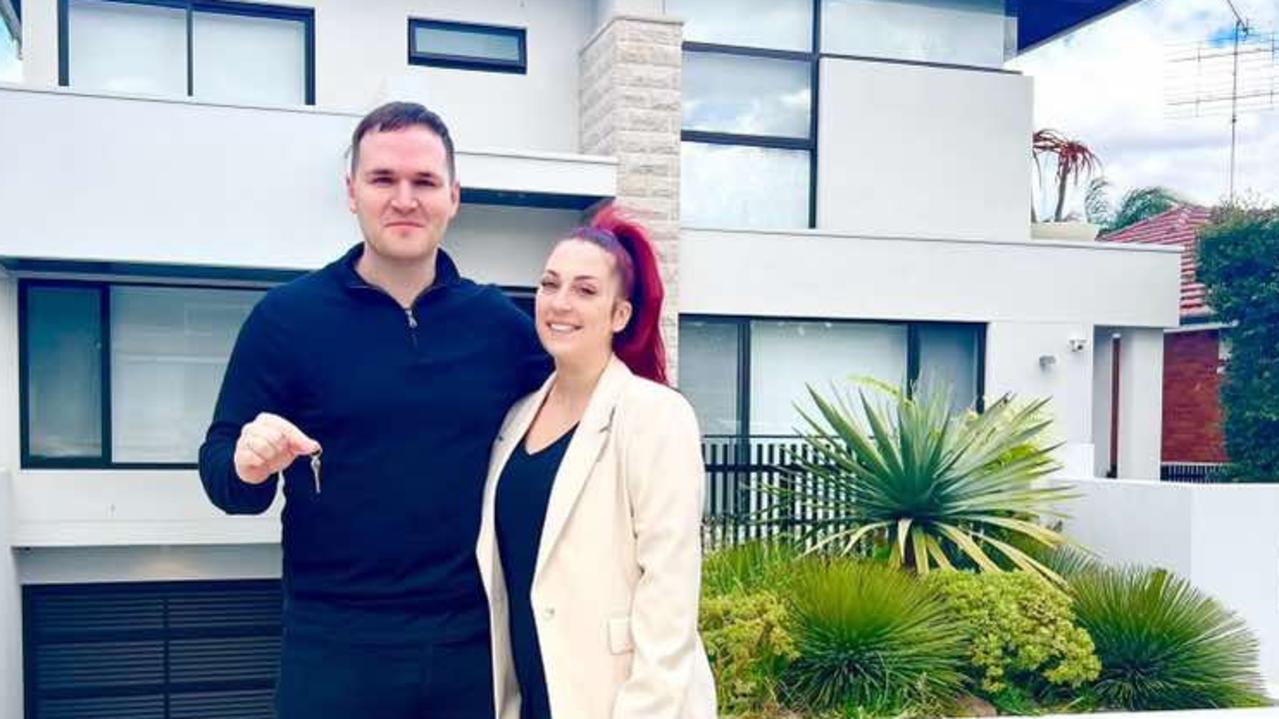
Eddie Dilleen- Portfolio value more than $90m
Started out working at McDonald’s, saving $20,000 as an initial home deposit. Now, less than two decades later, has 110 properties, with plenty of equity growth and yearly rental income increases.
MORE: Isla Fisher’s post-divorce setback
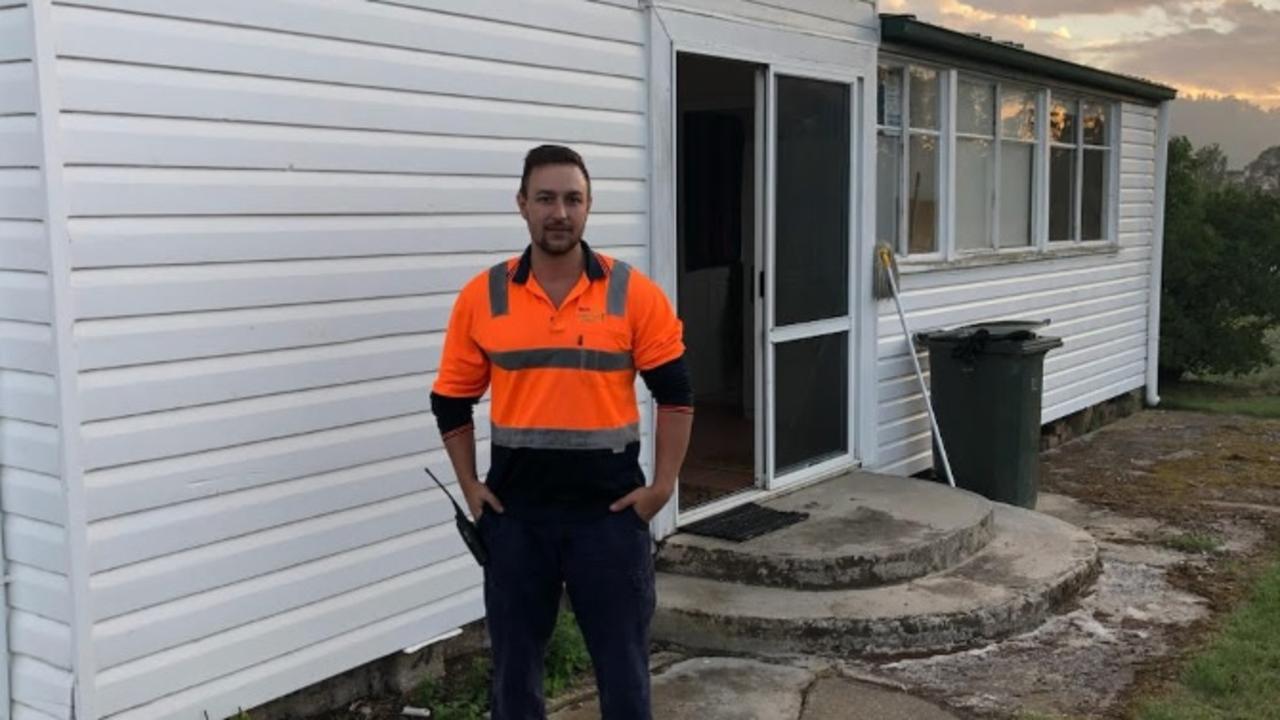
Daniel Walsh – Portfolio value $20m, net income $300k a year
The former freight train driver and auto electrician who started buying properties while earning just $39,000 a year has this year bought his 20th home, including a $6m residence on Sydney’s northern beaches.
MORE: Break-ups that led to stars’ dwindling empires
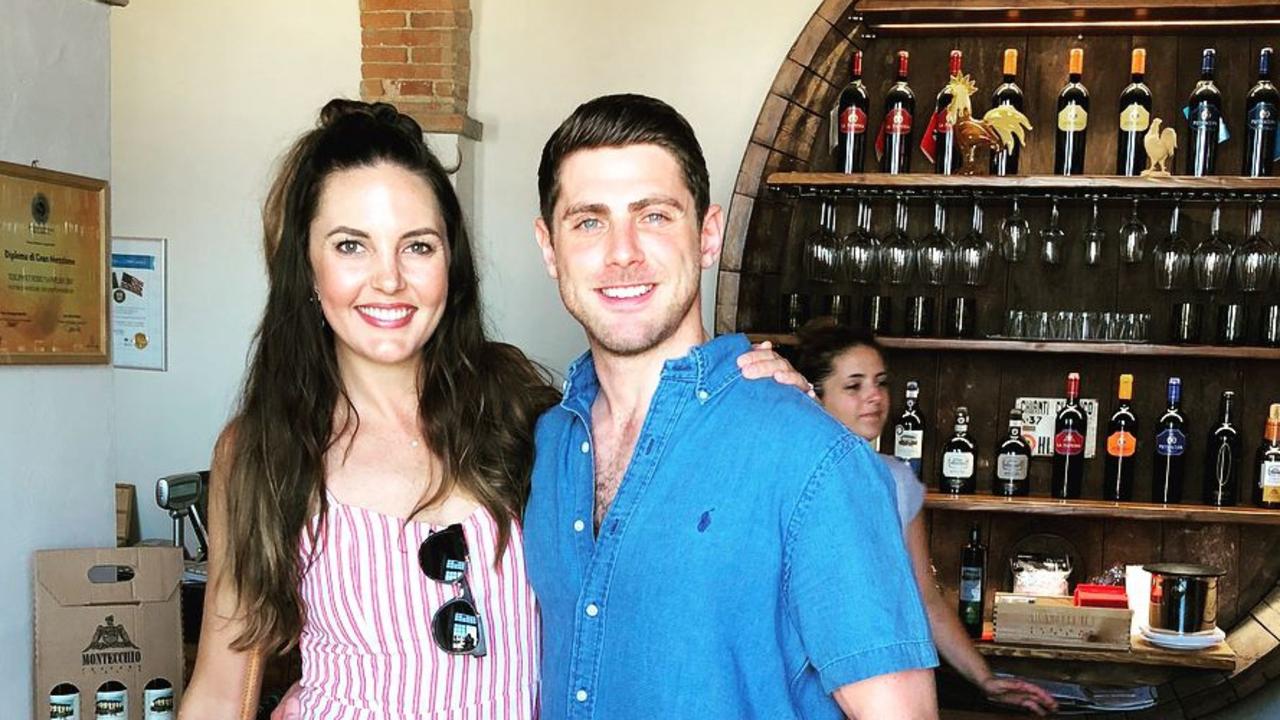
Ryan Beck- Portfolio value $10.5m, gross rental income $250k a year
Aussie dad who turned $82,000 into portfolio of 14 properties, by thinking outside the box when it comes to financing.
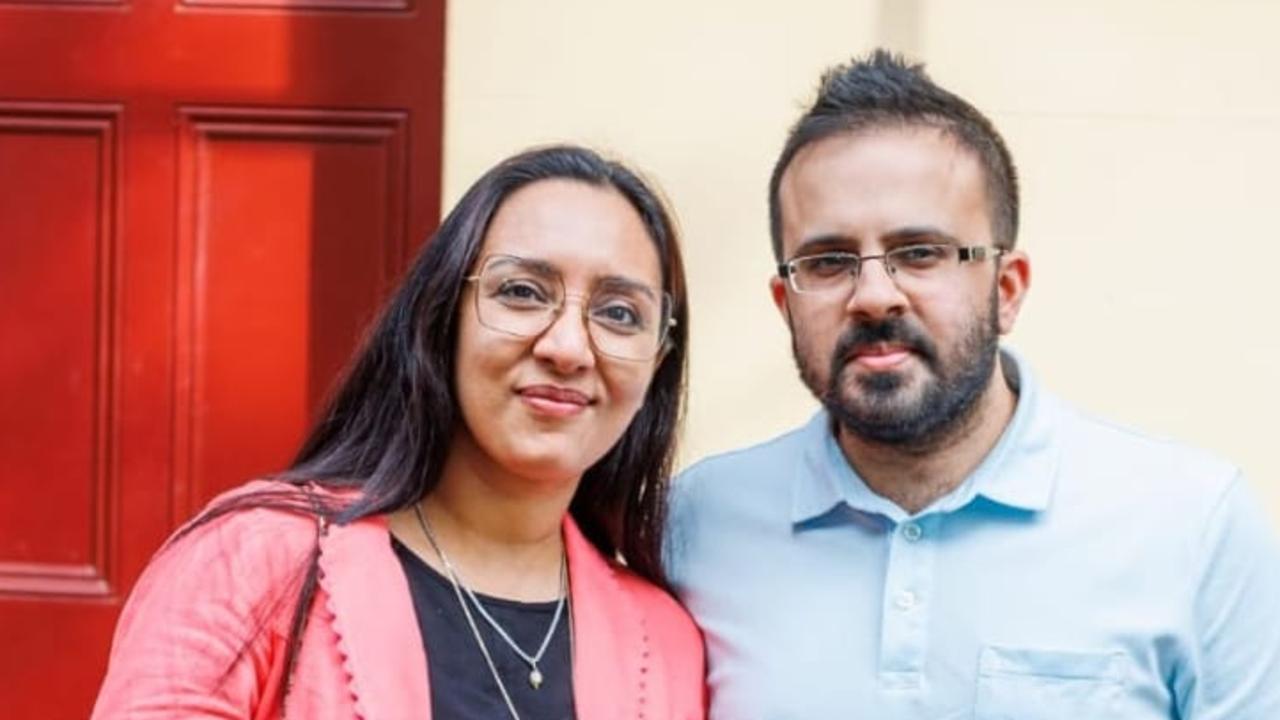
Aman and Charu Sethi- Portfolio value $10m
Clever planning was the key for this couple, who maintain a portfolio of eight properties for the weekly cost of renting a single property where they live.

Daniel Clark- Portfolio value $25m ($10m in property and $15m in business assets)
Former factory worker who started a company and then turned his attention to property investment, benefiting from buying during Covid’s early stages, when prices initially dropped due to global economic uncertainty.
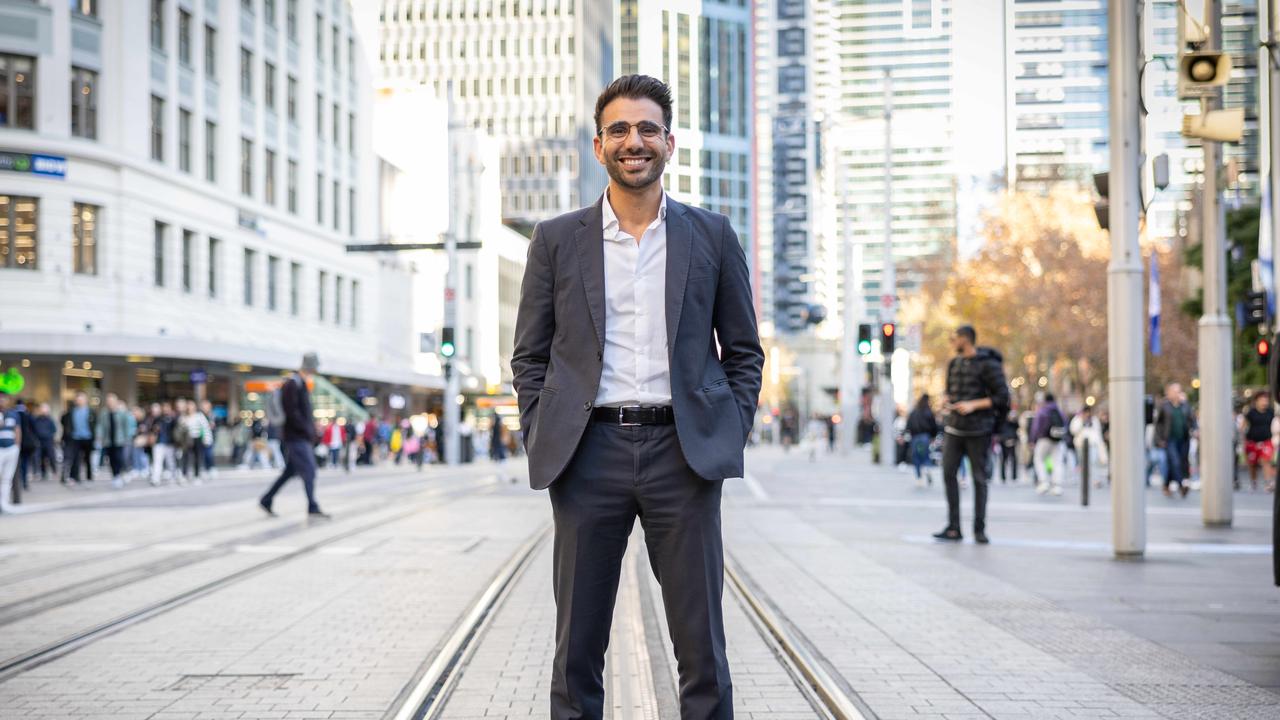
Andrea Cancelli- Property portfolio $7.7m
Bondi resident who moved to Australia from Italy and got into the commercial real estate sector.
Made money by securing leases, getting commercial properties revalued and then accessing equity for further investments.
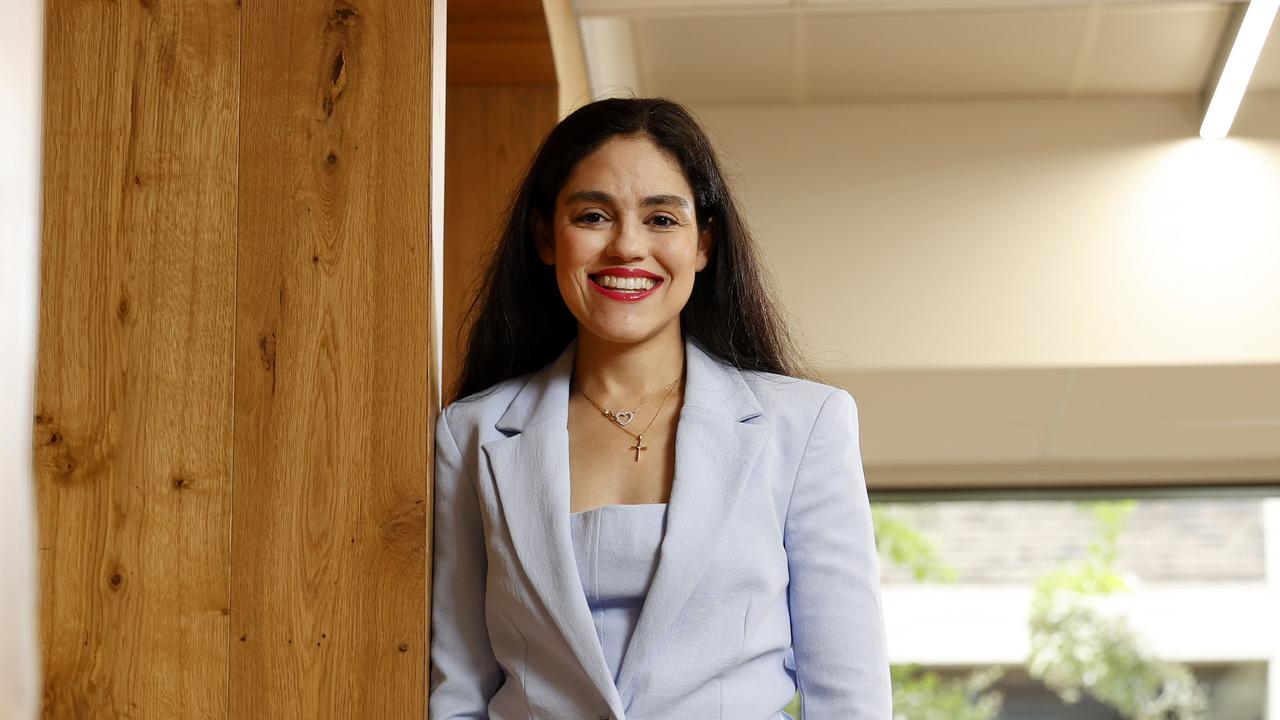
Monica Rouvellas- Property portfolio worth $1.2m acquired on $70k wage
Former music teacher on $70,000 a year who managed to buy three properties using only rental income to pay down her mortgage bills, thanks to one special tactic at the buying stage.
How do I know a property will be positively geared?
Every property is different, but investors aim for a gross rental yield of more than 6 per cent as a general rule of thumb when looking to make a profit.
To calculate a rental yield, first figure out the annual rental income. That’s the weekly rent times 52.
Then divide that figure by the property’s value and multiply by 100.
Let’s say a property costs $380,000 to buy and generates $450 a week in rent. The annual rental income is $23,400. Divide that by $380,000, multiply by 100 and your yield is 6.15 per cent. Generally, that should be cash flow positive or close to.
Eye-watering win for family who said no to developers
Originally published as Simple trick to building a property empire




